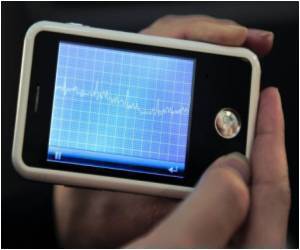For top rated physical activity apps, behavior-change techniques are not very well represented in marketing materials, a team of researchers have found.

Specifically, they examined apps from the top 50 paid and top 50 free lists in the "health and fitness" category for each operating system, resulting in four lists totaling 200 apps. Next, they located descriptions of each app online, reviewed the descriptions and had them coded by two trained coders using the Coventry, Aberdeen and London-Refined taxonomy -- a list of common behavior-change techniques used in interventions and developed to give people a structure for comparing what is in one intervention versus another. The researchers found that most of the descriptions of the apps they examined incorporated fewer than four behavior change techniques.
The most common techniques involved providing instruction on how to perform exercises, feedback on performance, goal-setting assistance and planning social support or change. They report their results today (May 6) in the American Journal of Preventive Medicine. Further analysis revealed the existence of two types of apps, educational and motivational, based on their configurations of behavior-change techniques. "Our results suggest that there are far fewer behavior-change techniques described in apps than in interventions, which are delivered in-person to help people increase their physical activity," Conroy said.
"However, this does not necessarily mean that apps are less effective, because it is possible that a number of techniques included in the in-person intervention packages are inert. We suggest that users should consider their needs carefully when selecting a physical-activity app." The team is completing a detailed inspection of apps to see if developers incorporated techniques that were not described in their marketing materials. The researchers also are collaborating to evaluate ways of making mobile interventions more effective by integrating advances from engineering and psychology to optimize these interventions.
Source-Eurekalert
 MEDINDIA
MEDINDIA



 Email
Email





